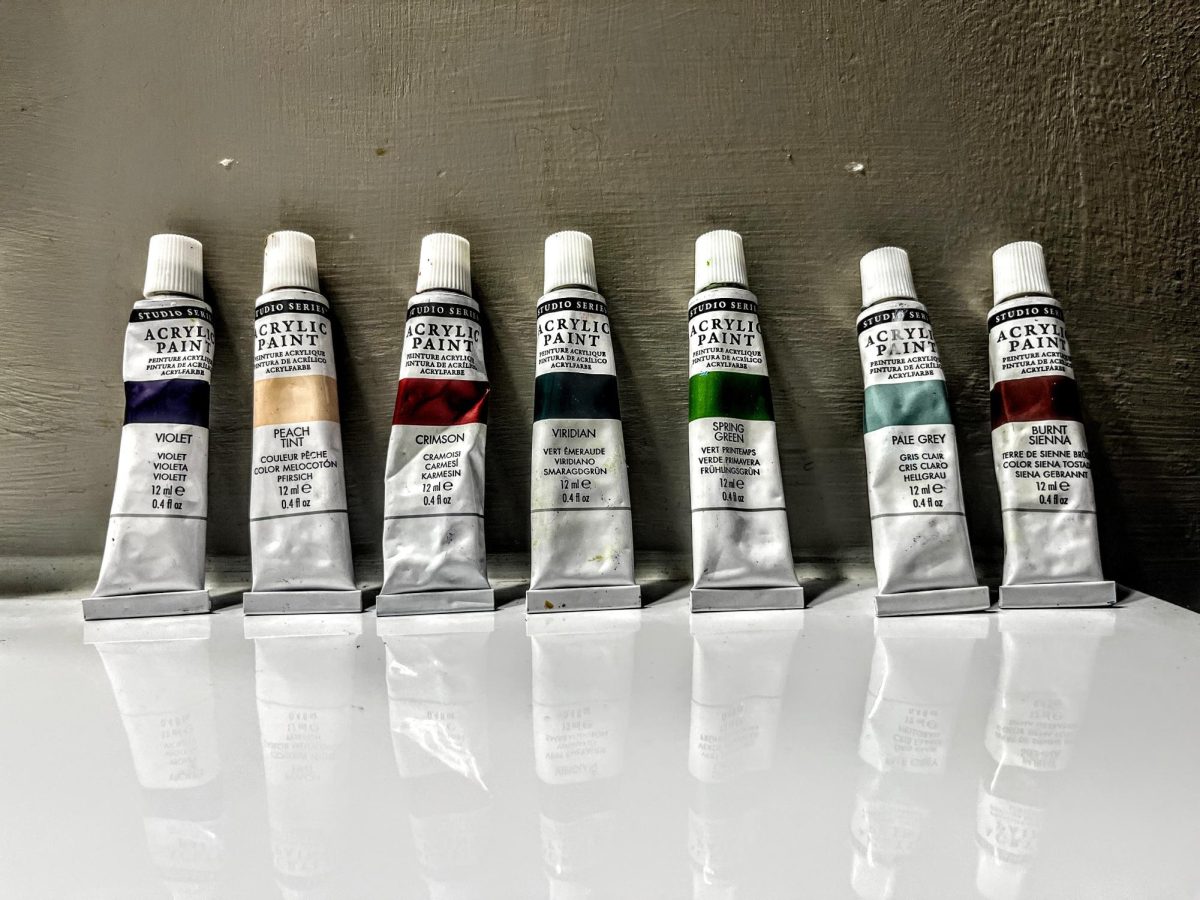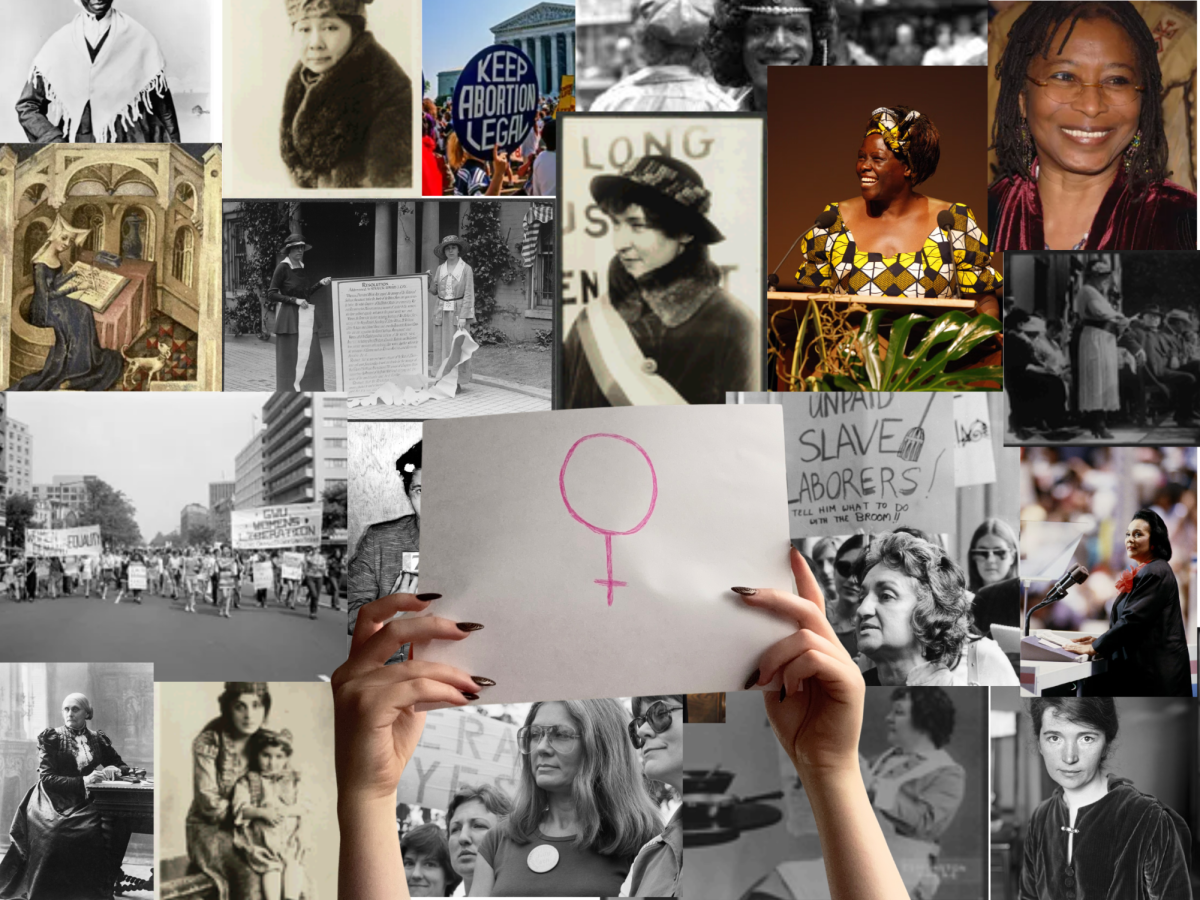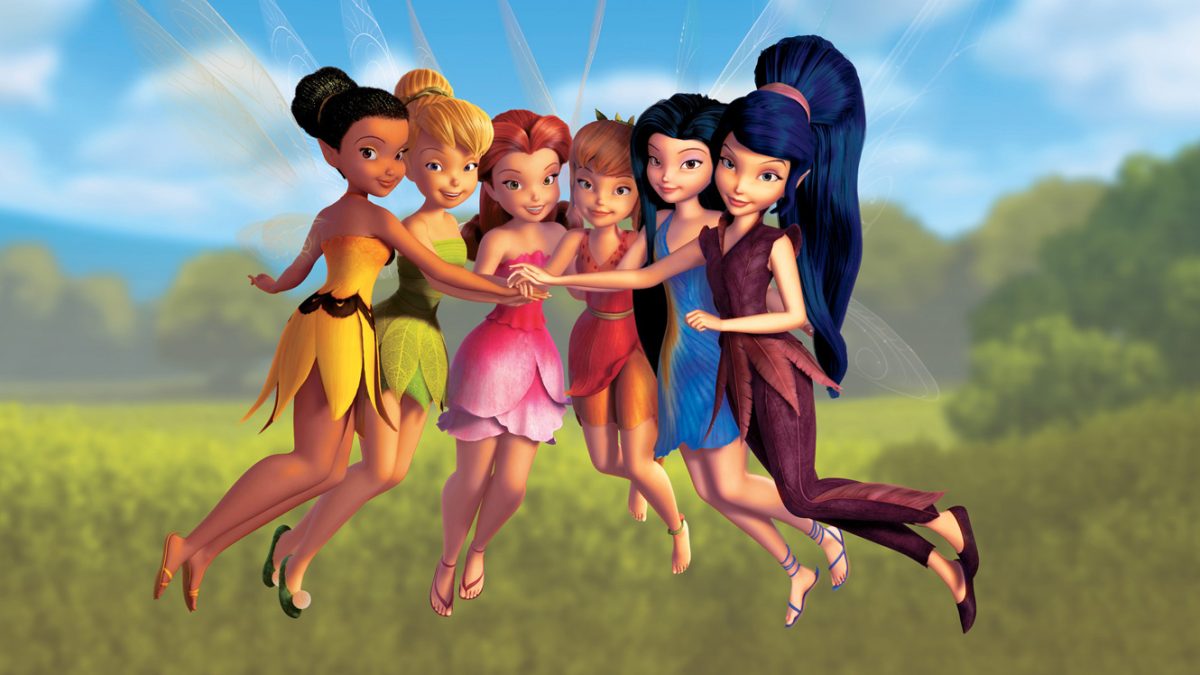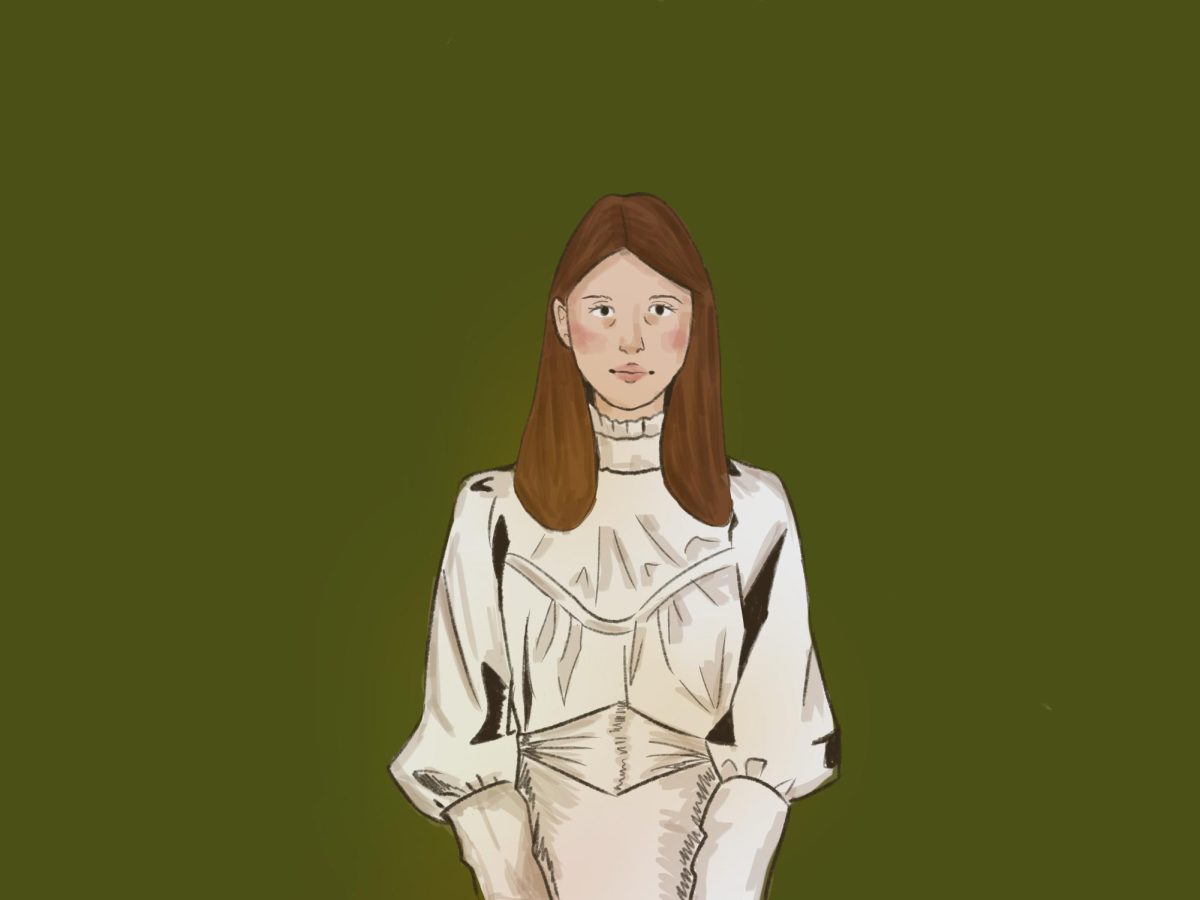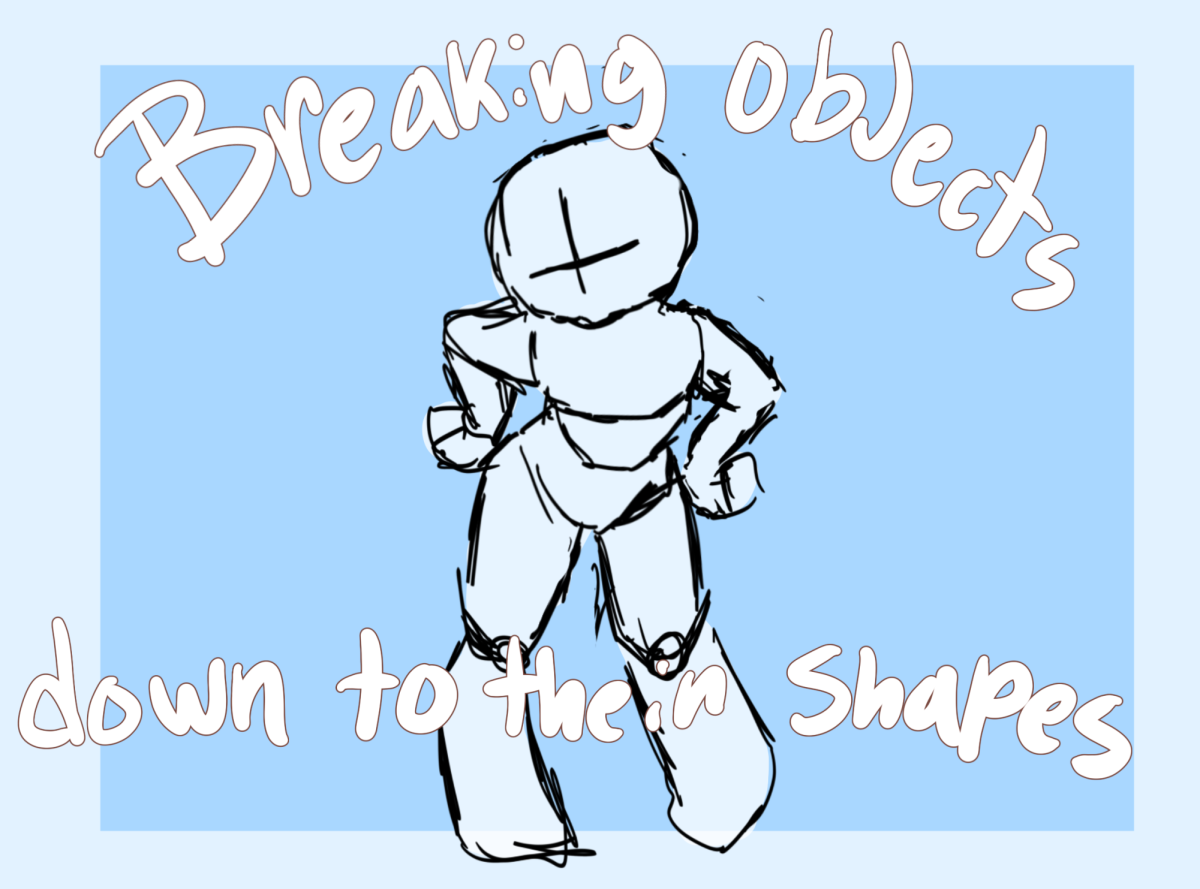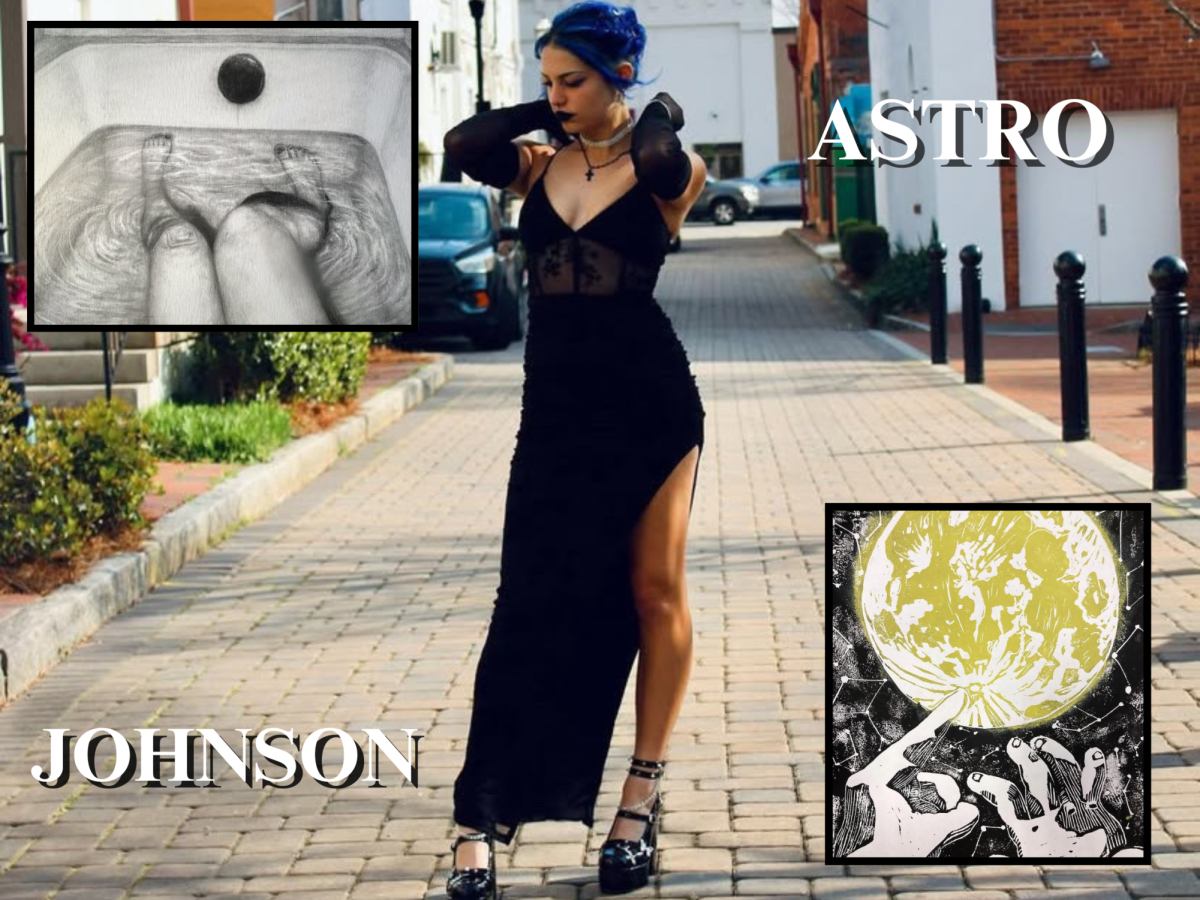With the stroke of a reed, diverse artistic styles emerged alongside the origins of ancient civilization. While modernization took place, art styles changed due to the rise of five essential elements: line, shape, color, texture and space. Exemplified by the Mughal Paintings that flourished between the 16th and 18th centuries, these elements created intricate and abstract pieces of art throughout history. As artists began experimenting with these basic skills, they discovered that art ought to capture quality, detail and inherent meanings throughout the piece to reflect emotional value. Now, whether art reflects music, paintings, photography or poetry, art allows humanity to express themselves through a creative lens.
“Art styles have continuously changed as people discover new techniques. When you look back at paintings from the Renaissance, there is lots of realism and detailed blending; for the most part, all art during the Renaissance era looked the same. However, today there are lots of art styles because people draw inspiration from all centuries. While some artists focus on realistic painting, others take an illustrative approach,” magnet junior Citlalli Vela said.
The roots of human art trace back to the Prehistoric era, also known as the Old Stone Age, between 40,000 to 4,000 B.C. During this period, ancient artifacts, including rock carvings, sculptures, pictorial imagery of animals and cultural rituals stood out and vastly represented the era. Years later, the Medieval era marked a period of economic and cultural deterioration after the fall of the Roman Empire, influencing art styles. Art from this period expressed dark ideologies and brutal scenery, which exhibited the tragedies the citizens experienced. On the other hand, a myriad of other artworks such as sculptures, manuscripts and stained glass pieces, reflected Christian beliefs following the church. Stained glass windows continue to display biblical scenery in a plethora of religious buildings throughout modern times.
During the Surrealism art era, which lasted from 1916 to 1950, artists turned to the surrealist style to express their feelings and thoughts toward the world’s state of crisis. The aftermath of World War I and the beginning of World War II led various artists to create paintings with meanings depicting fierce nationalism and weary emotions such as “The Guernica,” crafted by Spanish artist Pablo Picasso. This piece depicted the German bombing of Guernica, a city in Spain’s Basque country during the Spanish Civil War.
Three weeks later, the 11.5 feet tall and 25.5 feet wide black and white oil painting came to life, exhibiting a braying horse, candle flames, grieving mothers and multiple other images to showcase the pain and grief citizens felt throughout the Civil War. The Guernica embodies only one masterpiece in the numerous eras of art, which together evolved to construct the present-day contemporary art era.
Throughout the Contemporary art era, several movements emerged to display the complex issues that shape the world’s current diverse and rapidly changing population. Countless artists strive to design artwork that captures their personal or cultural identities, as well as transform stereotypes and break the idea of a male-dominated art history. For example, feminism appears throughout paintings, expressing the injustice and lack of equality females faced during the late 1900s. Female artists rocketed during the early years of this time period; they began creating artworks that represented their attitudes toward feminine stereotypes while allowing them to showcase their unique cultures.
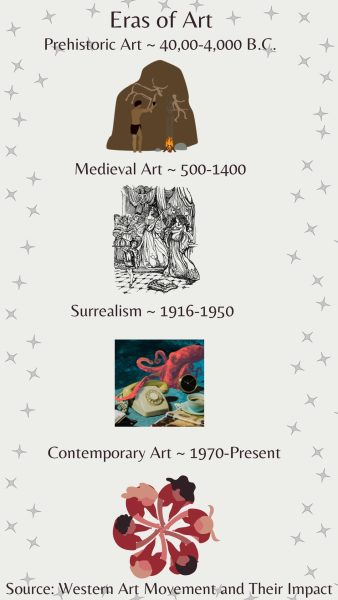
“Art has always been used to express stories, feelings and heritage. I have seen many paintings depict stories from Mexican culture, keeping traditions alive. Art has the ability to inform others about aspects of culture that may be hard to pass down,” Vela said.
No matter the era of art artists live in, painting on a canvas or sculpting clay allows them to express their extraordinary ideas and form them into a visual triumph. The Prehistoric era molded the future of art and continues to influence modern styles and techniques used by millions.




